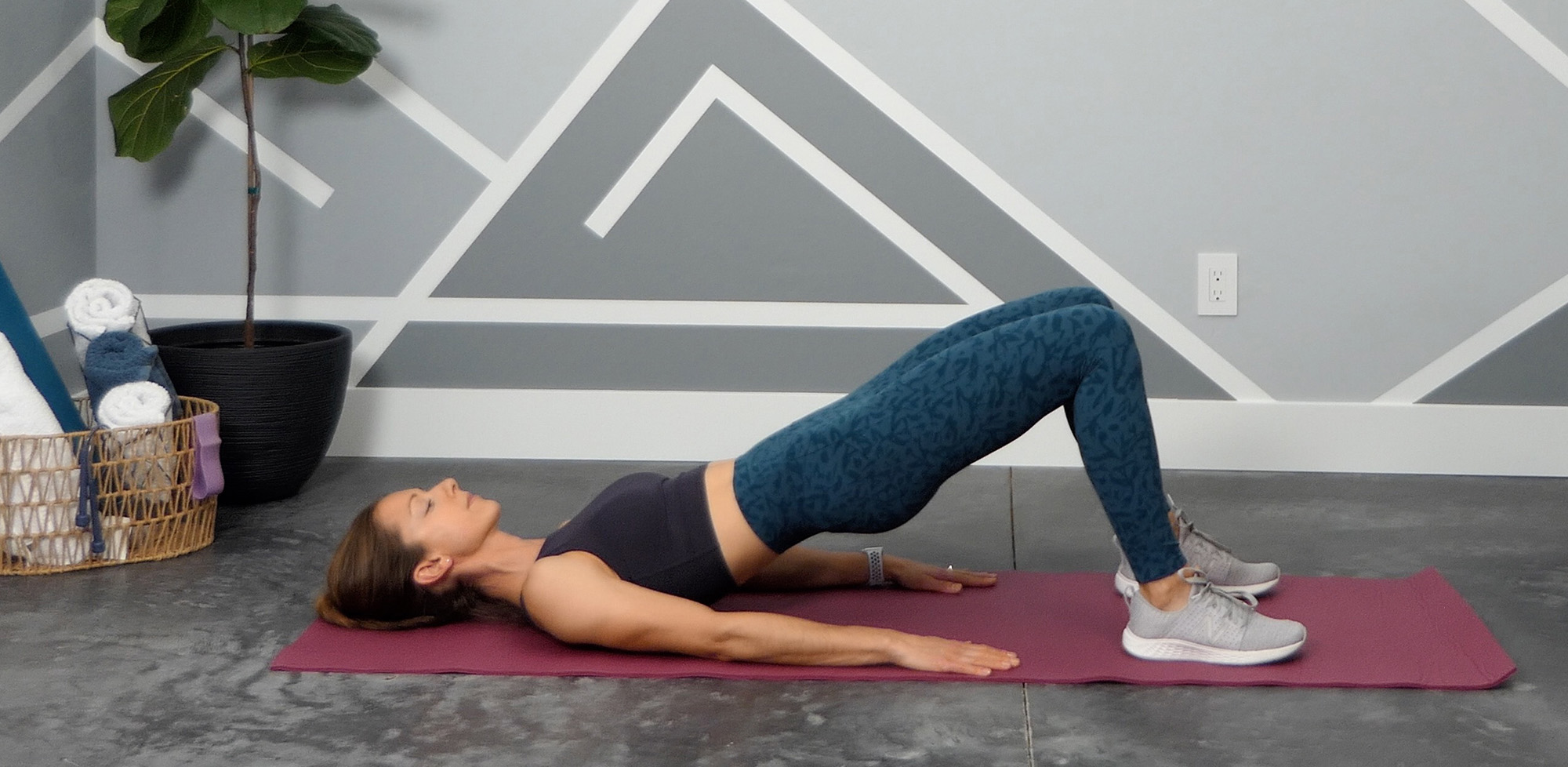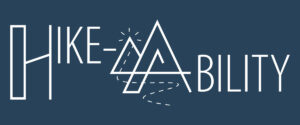This blog is part of a series of posts discussing various components of hiking fitness. If you haven’t already, you’ll want to checkout the previous blog The Importance of Strength Training.
When it comes to strength and stability training, hikers should focus on:
- First, restoring proper muscle activation and engagement (especially the glutes “butt muscles” and core).
- Then, progress to developing strength and endurance in the muscles of the lower body, upper back (including the small stabilizing muscles), and the core.
Awaken & Activate Your Glutes!
Have you heard of “gluteal amnesia”, “lazy glutes”, or “dead-butt syndrome”?. It’s a real thing, and it’s a real problem.
The glutes are the largest and presumably most powerful muscle group in your body, and they are one of the main sources of power when walking, hiking, or running. But, in the case of MOST people (even those who are “fit” and active) the glutes are weak or don’t activate/engage properly. Sitting for extended periods of time and sedentary lifestyles (desk jobs, commuting, etc) are primarily to blame for weak glutes.
When a muscle becomes weak or doesn’t activate properly, our bodies find ways to compensate and “adapt”. But it comes with a cost, in the form of pain, tightness, stiffness (decreased range-of-motion), and/or injury.
Example:
Prolonged sitting = your body “adapts” to this position = tight hip flexor muscles, which pull the pelvis into poor posture (anterior pelvic tilt, aka “lordosis”)
Tight hip flexors = inhibition of the glute muscles (weak glutes) = low back muscles attempt to compensate (even during simple, everyday tasks like walking) = excess load, tension, and stress on back muscles = tightness, pain and/or injury
Low back pain and/or injury further inhibits glute activation = the dysfunctional cycle continues until you work to improve and correct it.
How do I know if I have weak or inactive glutes?
If you sit for extended periods of time, have poor posture (lordosis), tight hip flexors, experience low-back or hip pain, and/or you don’t consistently include glute-focused exercises in your workouts then there’s a high likelihood that you have weak glutes.
What is the best way to strengthen weak glute muscles?
You can’t strengthen a muscle that isn’t properly activating. Start by incorporating gluteal activation exercises 3-4 times a week. Then, once you’ve trained your muscles to activate and engage you can move on to more compound strength training exercises like squats and lunges.
One of my favorite glute activation exercises is the Glute Bridge.


glute bridge
Overview: This exercise awakens the glutes and helps correct weakness or asymmetries.
Hiking Relevance: The glutes are the “powerhouse” muscle of hiking, so it’s obvious that they deserve prime attention.
Objective: Activate the glute muscles and develop mind-muscle connection.
Sets: 2-3
Reps: 10-15
Movement pattern:
Start on your back in a bent-knee position. Feet hip-width apart, flat on the floor, and toes pointed straight ahead. Engage your abdominal muscles and keep a neutral spine throughout the exercise. Press your hips up into the bridge position by contracting your glute muscles. Really squeeze and hold the contraction for 3-5 seconds before lowering to the starting position.
Cues/Tips:
- In the bridge position, your legs should form a 90 degree angle. Don’t position your heels too close to your butt or too far out.
- Your knees, hips, and shoulders should from a long, straight line. Avoid extending your hips too high.
- On the down phase of the movement, drop the pelvis to the floor instead of rolling the spine down.
- After a few reps you should really feel your glutes working. If you feel it more in hamstrings, quads, low back, or calves that’s a good indication that you aren’t using your glutes to initiate and maintain the bridge position.
Modification:
- To deactivate the hamstrings, imagine pushing the feet forward instead of straight down, or try this exercise with your toes against a wall.
Progressions:
- Place a mini-band around your thighs to activate the outer glute and hip muscles.
- Single-leg Glute Bridge: Keep your hips level as you push through the heel of your right leg and extend your left leg towards the ceiling. Press up into the bridge position by contracting the right glute muscle. Hold the contraction, then lower the pelvis, but keep the left leg extended. Perform one complete set before switching to the other leg. It is common to have one side stronger than the other, just make sure you work to create symmetry.
- Single-leg March: Start in the bridge position. Alternately extend the legs while maintaining the bridge position. Keep the hips stable and level while marching.
In the next blog I’ll discuss the value of a strong and stable core. In the meantime, add this exercise to your training regimen and let me know how it goes.
If you are interested in learning more about training for hiking, you’ll want to check out my Training Program HIKE-ABILITY. The program incorporates cardio, strength, stability, and mobility training, along with weekly, educational lessons.
Adventure awaits, be ready for it!
Kristen, CPT and creator of the HIKE-ABILITY Training Program

Disclaimer: All information, content, and material (including associated text, videos, and links) on this website is provided in good faith and is for informational and educational purposes only. It is not intended to serve as a substitute for the consultation, diagnosis, and/or medical treatment of a qualified physician or healthcare provider. All exercise has inherent risks. Before beginning any type of exercise, please consult your health care provider.





Leave a Reply